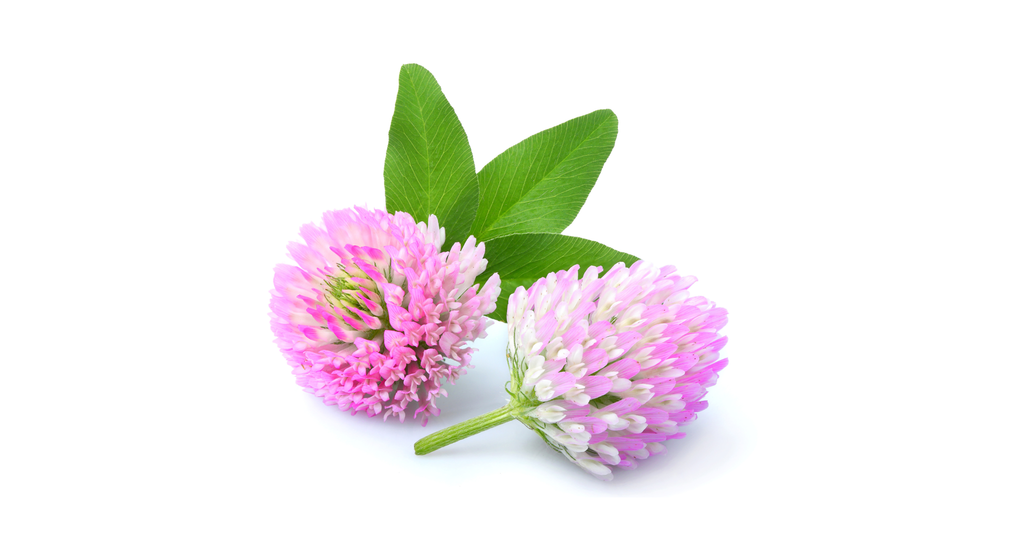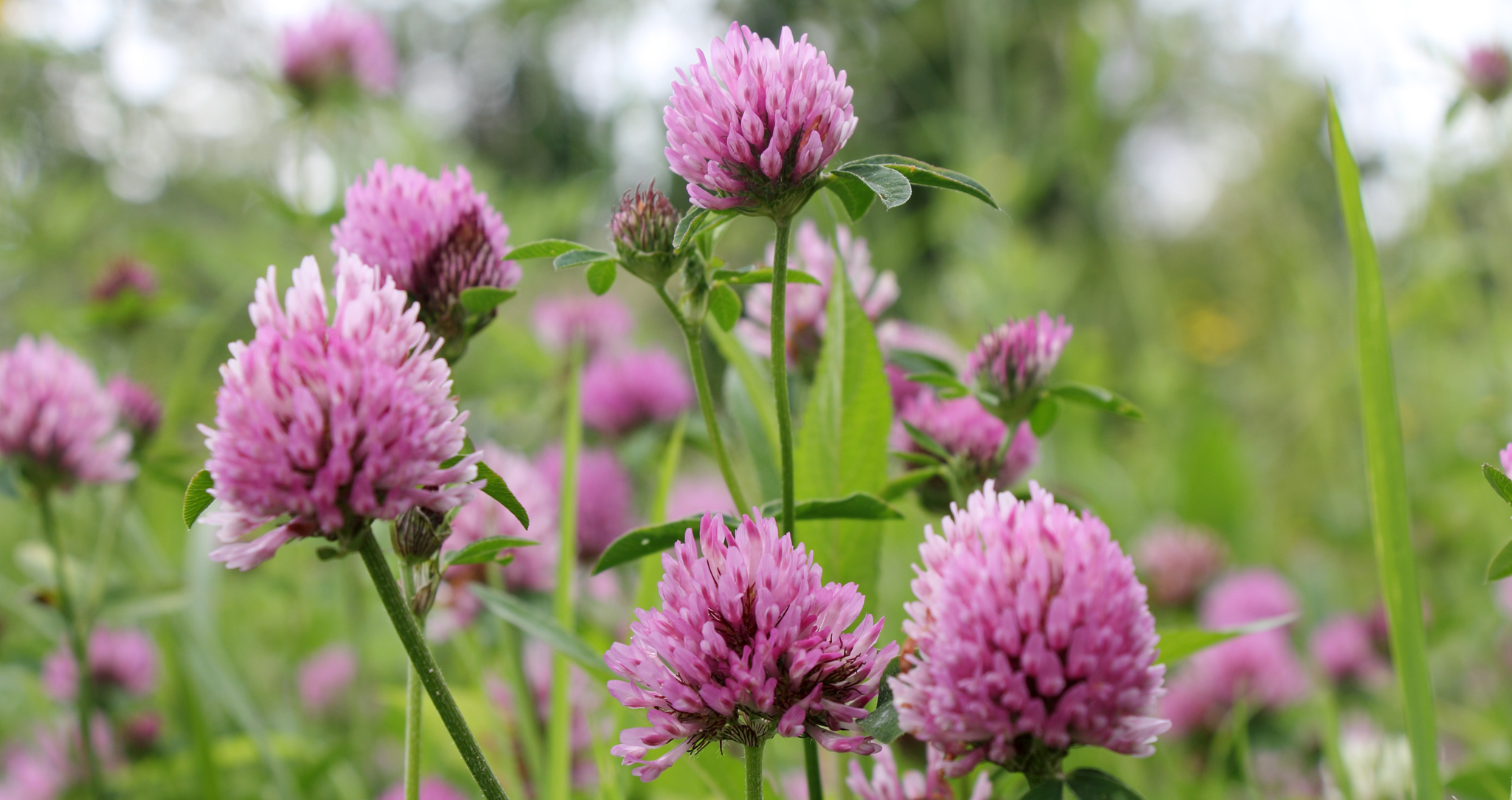 Red Clover is a perennial herb with many uses. It grows in meadows, in ditches and along seashores and is a familiar sight in the Danish countryside. Every May, the purple flowers of red clover bloom and turn the ground into a colorful carpet of summer. You may have noticed them when you take a walk outdoors. Colorful flowers. Clover leaf. The buzz of insects... Red clover everywhere.
Red Clover is a perennial herb with many uses. It grows in meadows, in ditches and along seashores and is a familiar sight in the Danish countryside. Every May, the purple flowers of red clover bloom and turn the ground into a colorful carpet of summer. You may have noticed them when you take a walk outdoors. Colorful flowers. Clover leaf. The buzz of insects... Red clover everywhere.
Like other plants in the legume family, red clover can absorb nitrogen from the air and deliver it to the soil, making it an important plant. Not only in agriculture, but also in the insect world, where it provides nectar and pollen for wild bees, honey bees and butterflies.
In other words, red clover can do almost anything: It repels weeds, provides nutrients to animals and insects and is even an essential ingredient in a nutritious diet. supplement for menopause.
 Red clover – a valuable fodder crop
Red clover – a valuable fodder crop
Red clover is native to Western Asia, Northwest Africa and Europe and is one of the oldest plants in the world. Even so, it has not left many traces throughout history. It is overshadowed by the Irish Clover - the clover that symbolizes Ireland's patron saint, St. Patrick. While some believe it is white clover, others indicate it is reddish brown in color. Its identity is a mystery.
Although red clover also has three-branched leaves, it has never gained a place in folklore. On the other hand, it is a valuable fodder crop in Danish agriculture, having been a popular food for cows and cattle since the 18th century.
In recent times, red clover is also a popular pollinator by insects such as wild bees and butterflies. They need each other: insects need nectar and pollen, and red clover needs to be pollinated so it can produce new seeds.
Denmark's first national flower
Red clover is a plant appreciated for its uses, not its beauty. Therefore, few people know that red clover had a past as the national flower of Denmark.
This title was awarded in 1936, when Argentina asked the Ministry of Foreign Affairs to designate Denmark's national flower so that it would have a place in the country's new park. It's a big project to bring together all the world's national flowers in one place. After much discussion, the State Department chose red clover, because it is both an important forage crop and a famous sight in the wild.
However, red clover never made its breakthrough in popularity as the national flower, and in 1987, chrysanthemums took that position. On the other hand, red clover has since returned to other areas. Today, it is a popular ingredient in nutritional supplements for women, and thus red clover flower has achieved a well-deserved place in popularity.
Red clover in health protective foods
Red clover has been shown to have beneficial effects on symptoms of menopausal women, for example: hot flashes, sweating, restlessness and irritability.
Therefore, in health protection foods, red clover helps:
- Reduce hot flashes and sweating
- Fights irritability and fatigue
Instead of boiling red clover, as medieval women often combined it with herbs, today red clover extracts are used in health foods. Necessary substances are extracted through whole plant extraction with water and alcohol. The concentrated content is then mixed with other ingredients.
The outstanding effects of ingredients, such as red clover, are regulated through EU law. Where an effect is well documented, it can be applied to products if they contain that ingredient in significant quantities and are included in the list of approved claims. Some applications about the effects of plants and plant parts are currently on the waiting list, which can also be used to explain to consumers other expected effects of the product (ingredients). ).

